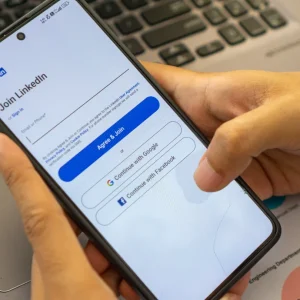There’s no denying we are now in the era of the always-on business. Whether due to increasing globalisation, more flexible working practices, or the growing use of automation, a business’s IT services need to be operating 24 hours a day, seven days a week. Any disruption to this availability can prove catastrophic.
The past few months have provided a number of examples, from NATS to CHAPS to RBS , which prove the damage downtime can cause. For the consumer, downtime meant disrupted travel, delayed payments, and a complete inability to access their own money. For the organisations involved, the costs included lost business, bruised reputations and financial penalties already measured in the tens of millions.
For too long, IT outages such as these have been seen as part and parcel of doing business. Any IT infrastructure seemed to come with the expectation that it will be offline once in a while. Indeed, the 2014 Veeam Data Center Availability Report showed that the average enterprise will suffer IT application failure 13 times a year; which means 13 opportunities to lose the trust of customers and suffer severe financial loss. This is no longer good enough: the 24/7 business world means expectations need to be raised, and then met. Yet many organisations will be unsure of where exactly to start.
A truly always-on business will need the right technology and approach to IT to ensure that IT failure cannot disrupt the business. For instance, availability should be a key part of any IT strategy, rather than the current status quo where data protection and backup and recovery are simply seen as products that are added to a project at the very end. This can mean a substantial reworking of IT policies, yet there are best practices organisations can follow immediately to ensure that they are already minimising the chances of downtime.
One such practice is the 3-2-1 approach to data protection: ensuring that there are at least three versions of data, in at least two different formats, at least one of which should be stored off-site. Regardless of whether IT services are provided in-house or over the cloud, and whether failure would mean inconvenience or the end of the business, this 3-2-1 approach is the minimum to aim for. In-house, this means ensuring that the organisation owns a separate offsite backup location; or is using a cloud provider to gain access to the necessary infrastructure. When choosing cloud services, the business must perform due diligence to ensure that a provider will either follow the 3-2-1 approach itself, or will allow the business to make the necessary arrangements with other service providers.
There is much more that organisations can and should do to guarantee IT availability, but the smallest steps will still be an improvement over the status quo.






